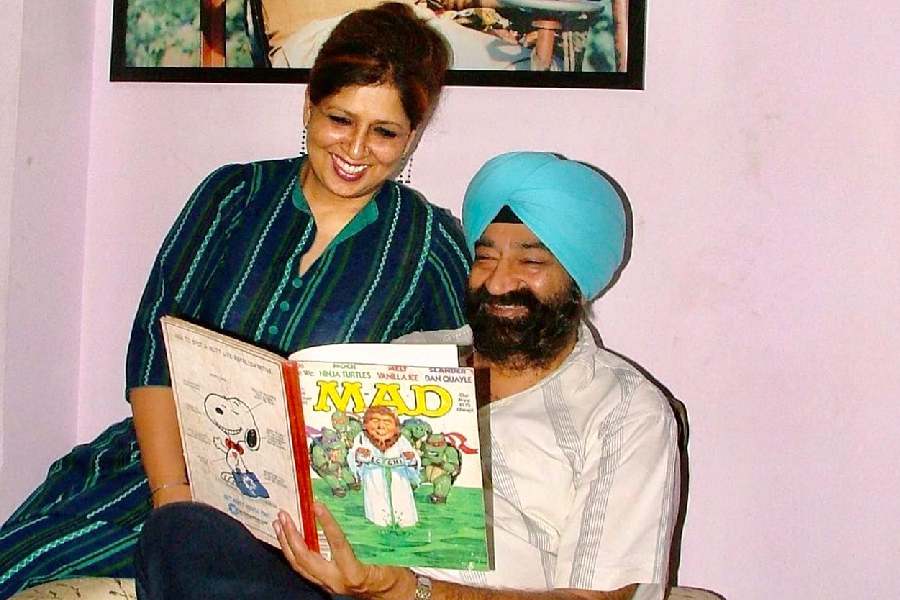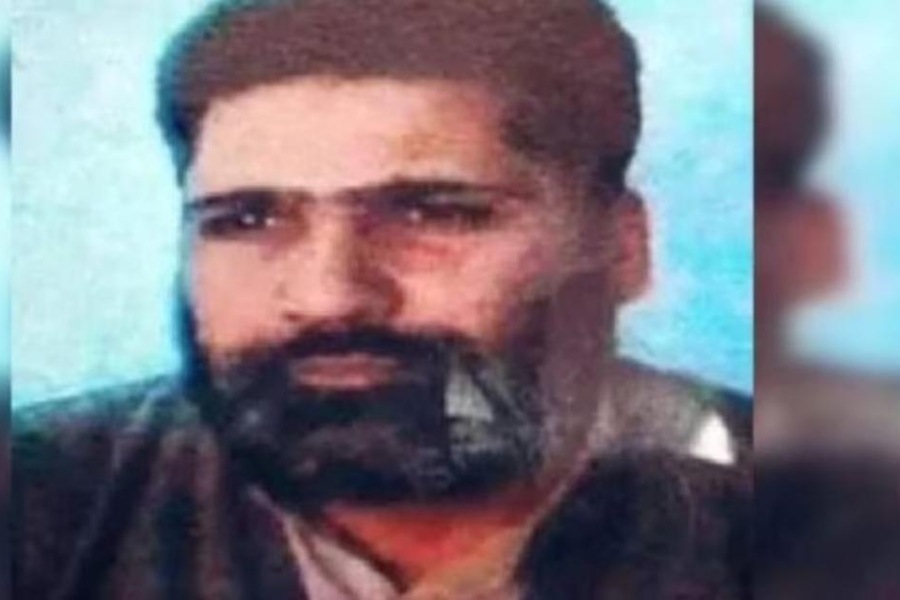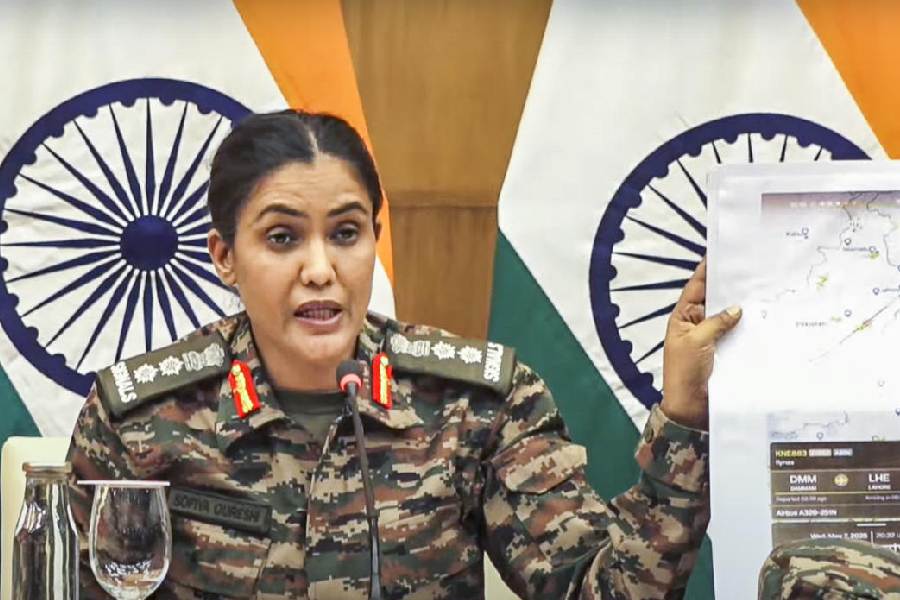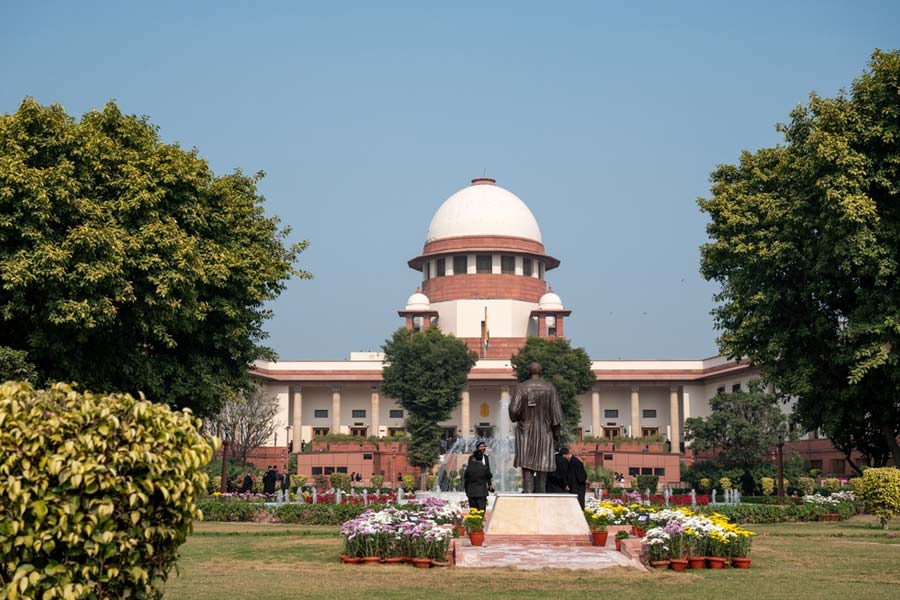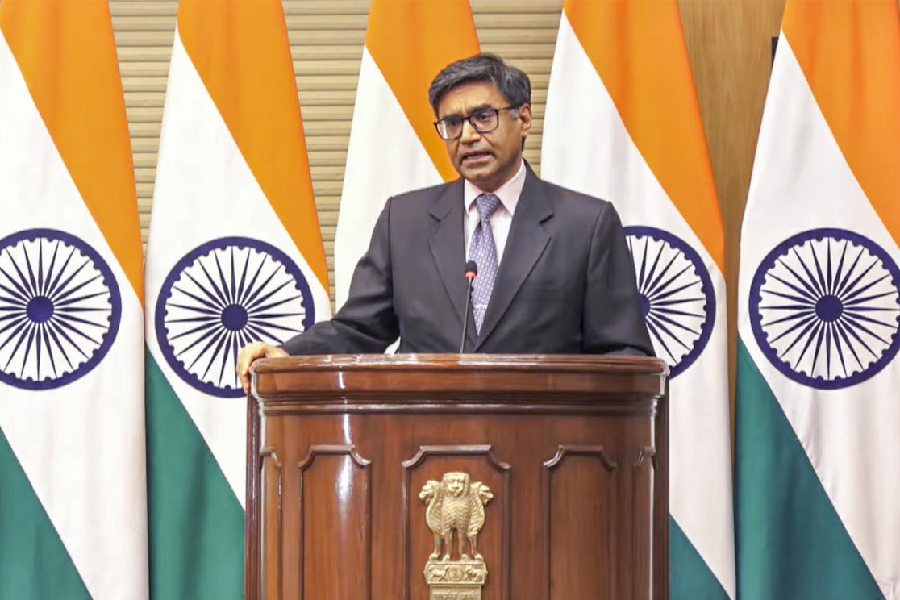|
|
| Lahiri: telling it aslant |
The Namesake By Jhumpa Lahiri, HarperCollins, £ 9.99
Poor Gogol Ganguli. A peculiar daknaam, and it becomes his bhalonaam too. And it’s not even as if there’s a real Russian connection. His Bengali parents, Ashima and Ashoke, moved to the United States of America in their youth. Ashoke had been reading Gogol when he was in a train accident, and the page he had been clutching in his hand was what led the rescuers to him. And so Gogol begins life with this awkward legacy — until, one morning, he announces that he would like to change his name. “If you wish,” says his father, “This is America, and you can do what you wish here.”
Gogol becomes Nikhil. “I’ve always hated my name,” he tells the judge — something he has never said to his parents. He then goes to Yale and to Columbia, studies architecture, and moves to New York — as far away from his Indianness as possible, and close to everything that America means to him.
But first things first. The story begins with a pregnant Ashima trying to make jhaal-muri. Slowly, sometimes painfully, Ashima and Ashoke build new lives for themselves in America, far away from home, and the better part of the novel details their lonely struggle. Years later, the Gangulis are a sturdy expatriate family. Gogol, American-born and already struggling with his Russian name, finds that he must also come to terms with his Indian heritage. He and his younger sister, Shonali — who soon morphs into Sonia in that peculiarly non-resident Indian kind of fusion — try to blend in, while realizing all the time how different they are.
Drifting from one relationship to the next, Gogol wonders what it is that he is looking for — and this is when we, too, begin to wonder what Jhumpa Lahiri is trying to get at. Upto this point, the story has been about expatriate loneliness and the struggle to make a home in a new land. Gogol’s struggle is, however, more tedious — and we find it increasingly hard to remain interested in his unremarkable love-life. There is a well-drawn chapter which describes Ashoke’s death, and its effect on the family, mainly Gogol. But this is sandwiched between descriptions of two relationships that go down the pot. The reasons are never explained, especially the second break-up, which seems to have happened mainly because his girlfriend, Maxine, wanted to travel to Calcutta along with them after the funeral. The third relationship begins with some promise. Moushumi, like him, has Bengali parents who are friends of the Ganguli family, all a part of this intricate web of expatriate friendships across the continent. But this, too, is doomed. As I said, poor Gogol Ganguli.
Lahiri’s prose, in her Pulitzer-winning collection of short stories, The Interpreter of Maladies, was praised for its control and understatement. Control is one thing, but The Namesake is filled with indirect speech and slanting narrative, relentlessly telling, telling, telling instead of showing, showing, showing, until we long to hear a voice, any voice. The prose has an exhausting blandness to it — indeed, a New York Times review calls it the “Power Point voiceover”. There is an accumulation of detail after relentless detail — imitation Noguchi lamps, fresh fava beans and fiddleheads, frieze-bond windows, a fainting couch: a listing of American muchness, of American things, in an attempt to bring America to life. But it is the characters who remain peculiarly lifeless. The only moment where a life-event is ever confronted, directly and with any feeling at all, is the chapter about Ashoke’s death. Otherwise, it is with a strange numbness that Gogol has his first sexual experience, his first relationship, his first breakup, and then his second; and then a marriage, and divorce. The entire daknaam-bhalonaam thing, like the diaspora experience itself, is really flogged to its effete death. One feels like giving Gogol a good shaking and telling him to go get a life. There are, after all, worse things in life than being named after a brilliant Russian writer.
And why, pray, so many errors, proof-reading and otherwise? I usually ignore these if there are one or two, but these pages are packed with them: Delhi is five hundred miles from Calcutta (page 79); “But tonight they are is silent” (p. 122); “You ignored my thoroughly” (p. 196); “throughout his meeting and she he struggles” (p. 206). There are many more. And it seems to me that when Ashima is 19 years old, her first suitors are unlikely to be a widower with four children, or a cartoonist with one arm.
In sum, it appears that Lahiri has tried to write the Great Diaspora Novel, or actually the great ABCD story. The real diaspora story is, after all, not Gogol’s, but that of his parents. Gogol’s story is that of any young person trying to come to terms with who he is, and what he wants to do with his life. Lahiri tells it well, but hers is a zip-locked narrative that only very, very occasionally lets us have a glimpse of what the character is feeling.



